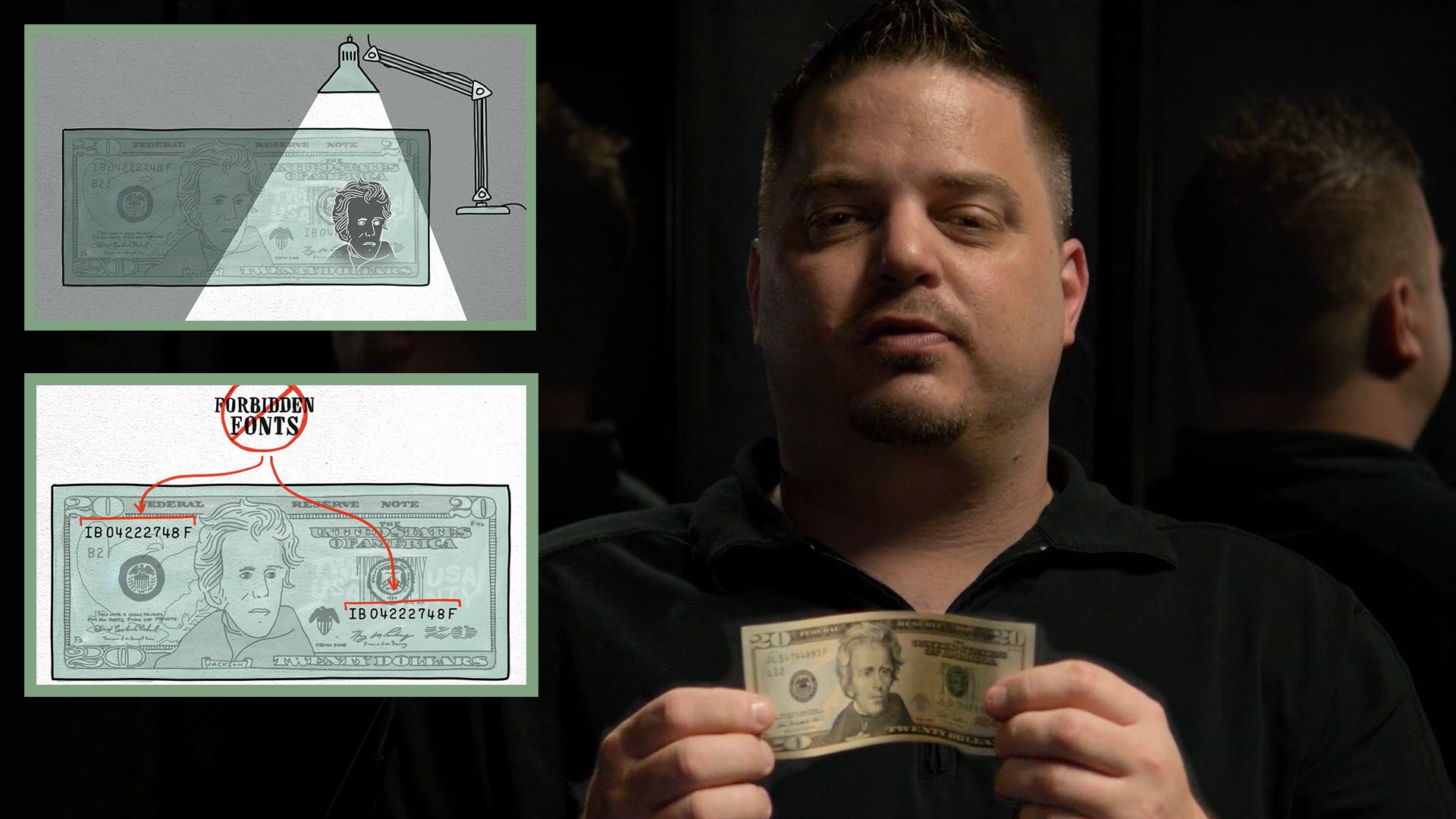Simple and easy Transactions: Where to Buy Genuine copyright Money available for sale
Simple and easy Transactions: Where to Buy Genuine copyright Money available for sale
Blog Article
Discover making uses of copyright in Artistic Creations and Theatrical Performances
Phony cash, typically associated with deception and illegality, holds a peculiar allure when it discovers its method into the realm of imaginative productions and theatrical performances. As we dig into the multifaceted uses of phony cash in these innovative domain names, we start to reveal a world where authenticity and replica blur, prompting us to examine the very nature of worth and depiction within art and efficiency.

Historic Significance of Imitation Cash in Art
The historical significance of funny money in art is a facility and appealing subject that sheds light on the junction of imagination, subversion, and socio-political discourse. Throughout history, artists have actually used copyright money as a tool for tough social standards, examining the value of currency, and making effective declarations regarding wealth and power.
One of one of the most notable instances of imitation money in art go back to the Dada activity of the early 20th century - copyright money for sale. Artists such as Marcel Duchamp and Hannah Höch integrated copyright into their jobs to criticize the capitalist system and check out the idea of worth in a rapidly altering globe
Furthermore, throughout times of economic instability or political turmoil, funny money has been utilized by artists as a kind of objection or rebellion. By developing and distributing phony currency, musicians have had the ability to interfere with the standing quo, obstacle authority, and prompt essential discussions regarding the function of cash in society.
Impact of copyright on Visual Arts
By integrating phony cash into their works, musicians prompt discussions on the nature of value, authenticity, and societal assumptions of wide range. The usage of phony cash in art also raises moral considerations pertaining to the boundaries of creative expression and the ramifications of reproducing legal tender. On the whole, the influence of phony money on aesthetic arts is complex, stimulating important representations on the junction of cash, art, and societal worths.
Meaning and Meaning in Theatrical copyright Displays
Utilizing theatrical imitation display screens, artists employ symbolic representations to communicate much deeper definitions and stimulate thought-provoking interpretations within the world of performance art. Via the incorporation of funny money in theatrical productions, creators can discover styles such as greed, power, corruption, and the impression of wealth. Making use of phony currency on stage can act as an allegory for societal problems, economic differences, and the delicacy of monetary systems.
In staged efficiencies, the symbolic value of funny money extends past its monetary worth. It can symbolize the misleading nature of appearances, the search of materialistic needs, and the consequences of dishonest behavior. By using phony money as a prop, musicians can challenge audiences to question truth definition of wide range and the honest limits that individuals may go across in its quest.
Honest Factors To Consider in Making Use Of Funny Money for Art

One major ethical factor to consider is the prospective legal consequences of using copyright in art. Counterfeiting money check over here is prohibited in most countries and can cause major repercussions for musicians who intentionally include imitation expenses right into their work. copyright money for sale. This not just places the musician in jeopardy but also questions regarding advertising illegal tasks with art
Additionally, there is an honest predicament regarding the credibility of the art work itself. Making use of fake cash blurs the line between fact like it and imitation, possibly tricking visitors and jeopardizing the integrity of the imaginative item. Musicians have to consider whether the use of funny money aligns with their worths and artistic objectives, evaluating the prospective effect on their online reputation and integrity.
Future Fads in Imitation Cash Assimilation
Taking into consideration the evolving landscape of creative expression, the consolidation of funny money in innovative jobs may witness a change towards provocative and innovative avenues. As artists continue to press limits and explore brand-new mediums, phony money might increasingly be used to challenge societal standards, examine the worth of money, or make effective statements regarding wealth and consumerism.
One future trend in copyright cash combination could be its usage in immersive art installations where target markets are motivated to connect with the items, blurring the lines useful source in between reality and illusion. In addition, advancements in innovation may cause the production of hyper-realistic phony money that is basically indistinguishable from genuine currency, opening opportunities for a lot more complex and in-depth artworks.
Furthermore, cooperations in between musicians and counterfeiters could result in unique items that integrate typical creative techniques with the workmanship of developing phony money. Honest factors to consider bordering the legality and principles of using phony cash in art will continue to be a factor of opinion as these future trends unravel.
Conclusion
In conclusion, the uses of fake cash in creative developments and theatrical efficiencies have a long background and continue to be a source of motivation for artists. The combination of fake cash in art is most likely to continue advancing in the future.
Generally, the influence of copyright money on aesthetic arts is diverse, stimulating crucial representations on the junction of cash, art, and societal worths.

In conclusion, the uses of imitation money in staged efficiencies and creative productions have a long history and continue to be a resource of motivation for artists. Moral factors to consider have to be taken right into account when using phony money for innovative objectives. The integration of copyright cash in art is most likely to proceed evolving in the future.
Report this page